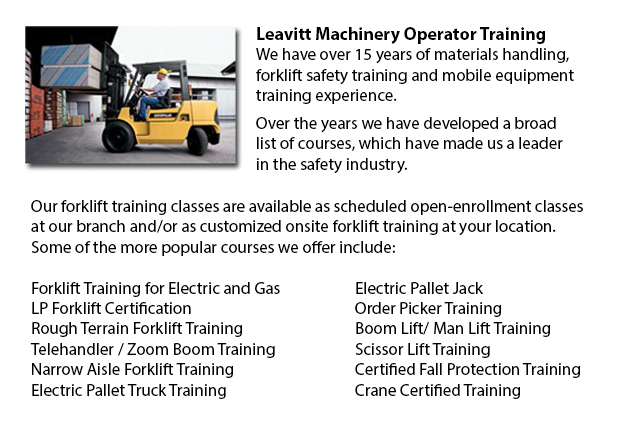
Boom Trucks Training Barrie - Boom vehicle are often applied by phone, cable television and utilities organizations as they have extended folded arms which are commonly folded over the roofs of business vehicles. On the end of the extension of extendable arms typically sits a bucket-like apparatus. When a container truck has an extendable boom installed on the roof this is sometimes called an "aerial boom truck" or a "cherry picker". It can transport employees to the top of a telephone or electrical pole. Bucket boom vehicles have a hauling capacity of roughly 350 lbs to 1500 lbs or 158 kg to 680 kg plus they are able of extending the bucket up to 34 feet or to around 10 meters into the air.
Heavy equipment boom trucks or construction boom vehicles might have a hoist attached to the rear. These cranes often called knuckle booms can be little and compact or be of the trolley boom type, where the crane is able to extend the span of the truck bed. Crane boom trucks possess a raising capacity between 10 to 50 tons or about 9 to 45 metric tons.
An alternate modification of boom truck is the concrete boom, which possess a pipeline with a nozzle at the end of the truck to pump concrete and other materials. The areas where these resources have to be deposited is usually inaccessible to the vehicle or is stationed at a considerable height, therefore, the boom of a bigger concrete boom truck might be extended 230 feet or roughly 71 meters. The vehicle then pumps the material through the boom completely depositing it into the space where it is needed.
Fire departments are equipped with a lengthy container boom employed to lift firefighters to the high floors of a building. Once in place, this boom permits them to direct water onto a fire or to rescue trapped victims. A lot of of the older hook and ladder lift trucks have been replaced by up to date boom trucks.
Self propelled booms are very comparable to lift trucks. These little boom vehicles can raise staff to elevated storage space or to the ceiling of large warehouses and storeroom facilities. They are more stable and as a result far safer than using extension ladders for the similar application.
-
Reach Trucks
Reach Truck Training Barrie - Reach trucks are loading machines used by varieties of organizations that keep up a stockroom facility or circulation center relating to the arrangement of completed commodities and equipment on pallets which are inserte... More -
Genie Forklift
Genie Forklift Training Barrie - Genie is a globally established company that enjoys the spirit of collaboration with their extensive network of allied consumers. Genie Industries prides itself on the intention of bringing materials and people higher... More -
Pallet Stackers
Pallet Stackers Training Barrie - Pallet stackers are a style of pallet jack that can be employed to stack, transport and haul cargo positioned on a pallet that are far too burdensome for manual lifting. Mostly these mechanisms are used to load and u... More -
Toyota Forklift
Toyota Forklift Training Barrie - Since 1992, Toyota Material Handling inc., U.S.A., often known as TMHU, has been the best selling lift truck supplier in the United States. Proudly celebrating more than 40 years of service, the Irvine, California si... More -
Scissor Pallet Trucks
Scissor Pallet Truck Training Barrie - Scissor pallet trucks are built for transporting and lifting singly stacked pallets by integrating a raising apparatus that permits the pallets on the vehicle to be elevated. This equipment is a great device for... More

Forklift Certification Barrie
TOLL FREE: 1-888-254-6157
Barrie, Ontario
forkliftcertificationbarrie.com
Email Us
About Us


